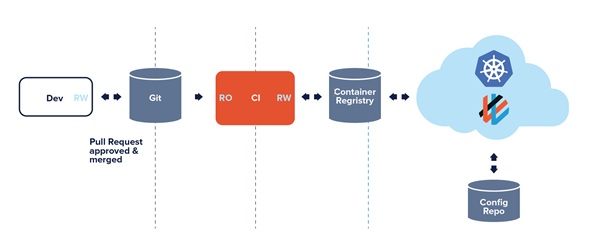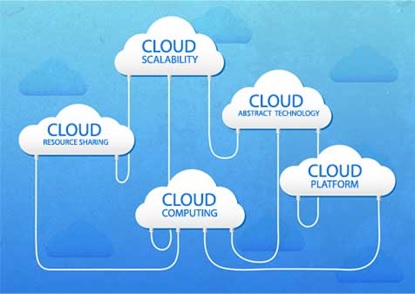The Difference Between Remote Working and Video Conferencing
Remote working has become normalized as businesses realize the value that working from home can bring to them. The availability of smart technology and cloud-based services now enables people to meet online and collaborate over vast distances.
A survey conducted by Gartner showed that 82% of companies were willing to let their employees work from [1] home in 2020. In addition to this, nearly 47% of responding businesses were willing to let their employees work from home over the long run.
The Value of Remote Working and Video Conferencing
- 1. A primary tool that has boosted the expansion towards remote working is videoconferencing. It’s now possible to simply log on to a virtual meeting by simply clicking a link on any device that has an internet connection.
- 2. Until recently, the non-availability of reliable internet connections, no integration between devices, and expensive hardware had made remote working inaccessible to many people. But the rapid rise of smart technology has brought in smart solutions for companies.
- 3. Now, smart devices are accessible to most people. The ICT industry in particular stands to gain from this shift. Till recently, the widespread adoption of smart solutions was still new. Singapore was one of the first countries in the world to transition to a Smart City. But that has greatly changed.
- 4. Emerging technologies, innovation in AI and machine learning, as well as the development of cloud-based services have boosted the network and infrastructure needed to sponsor remote working and videoconferencing.
The Benefits of Shifting to Smart Solutions for Companies
Remote working removes various overhead costs associated with running a business. Renting office spaces, setting up seamless [2] internet networks, and preventing employees from leaving all stand to gain with the rise of remote working.
A startup or an enterprise can reallocate funds from these areas to business growth and development, while employees also benefit from the process.
- Increased funds that can be dedicated towards business growth and expansion.
- Minimized commuting time, which gives employees the opportunity to be more productive.
- The chance to collaborate with national and international business partners through videoconferencing.
The network and infrastructure required to support this expansion are easily available and easy to use. Simple interfaces and flash storage make remote working a hassle-free experience for companies and their employees alike.Wireless and hands-free technology are becoming increasingly common. With more homes adapting to smart technology, cities all over the globe are turning towards becoming smart cities.This bodes well for the ICT industry and invites opportunities for large-scale growth and innovation. A smart city also promotes the adoption of smart energy solutions, which is sorely needed in this modern era of climate change and global warming. One of the clearest ways to see this is through decreased traffic during office rush hours. If people are working from home, then traffic is less. Less harmful gases are released into the environment as a result.
Data Centres, Flash Storage and Cloud
- Since many homes are now converting to a smart home, employees with access to proper remote working and videoconferencing tools are also readily available. Automated homes are also great for utilizing smart energy solutions. Altogether, the shift towards remote [3] working and videoconferencing is a natural part of transitioning into a smart city.
- The shift towards smart technology brings benefits to an enterprise, a business, and multinational organizations through increased access to a global workforce. Intelligent technologies are set to expand further, and as more innovations become accessible to people, remote working and videoconferencing will become even more normalized with time figure1 shown below.

Figure 1. Remote working and video conferencing
References:
- https://theicttrends.com/expansion-of-remote-working-and-video-conferencing
- https://www.worldofwork.ca/post/the-future-of-videoconferencing-
- https://www.teamviewer.com/en-us/solutions/remote-work-videoconferencing
Cite this article:
S. Nandhinidwaraka(2021), The Difference Between Remote Working And Videoconfering, AnaTechMaz, pp. 12















